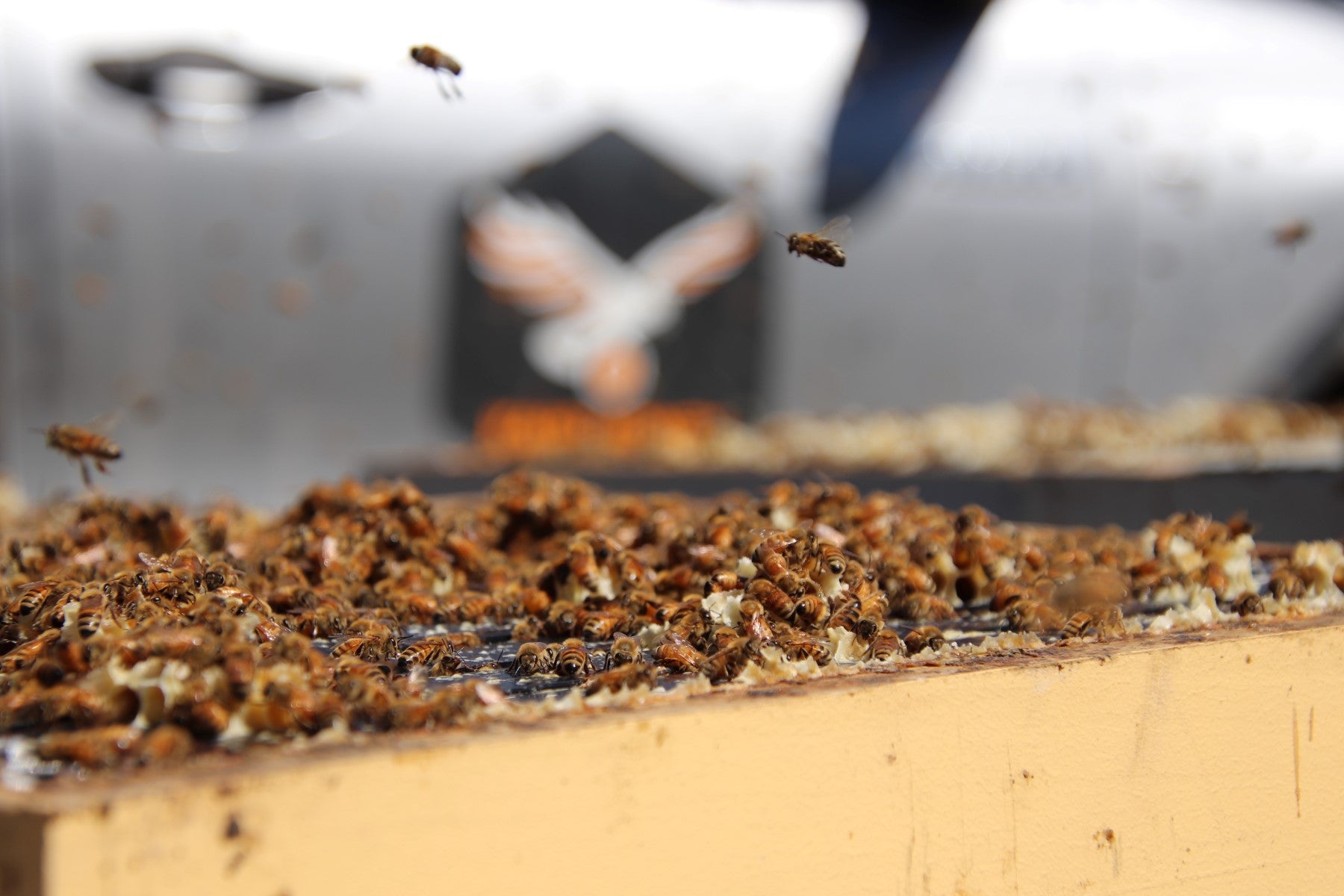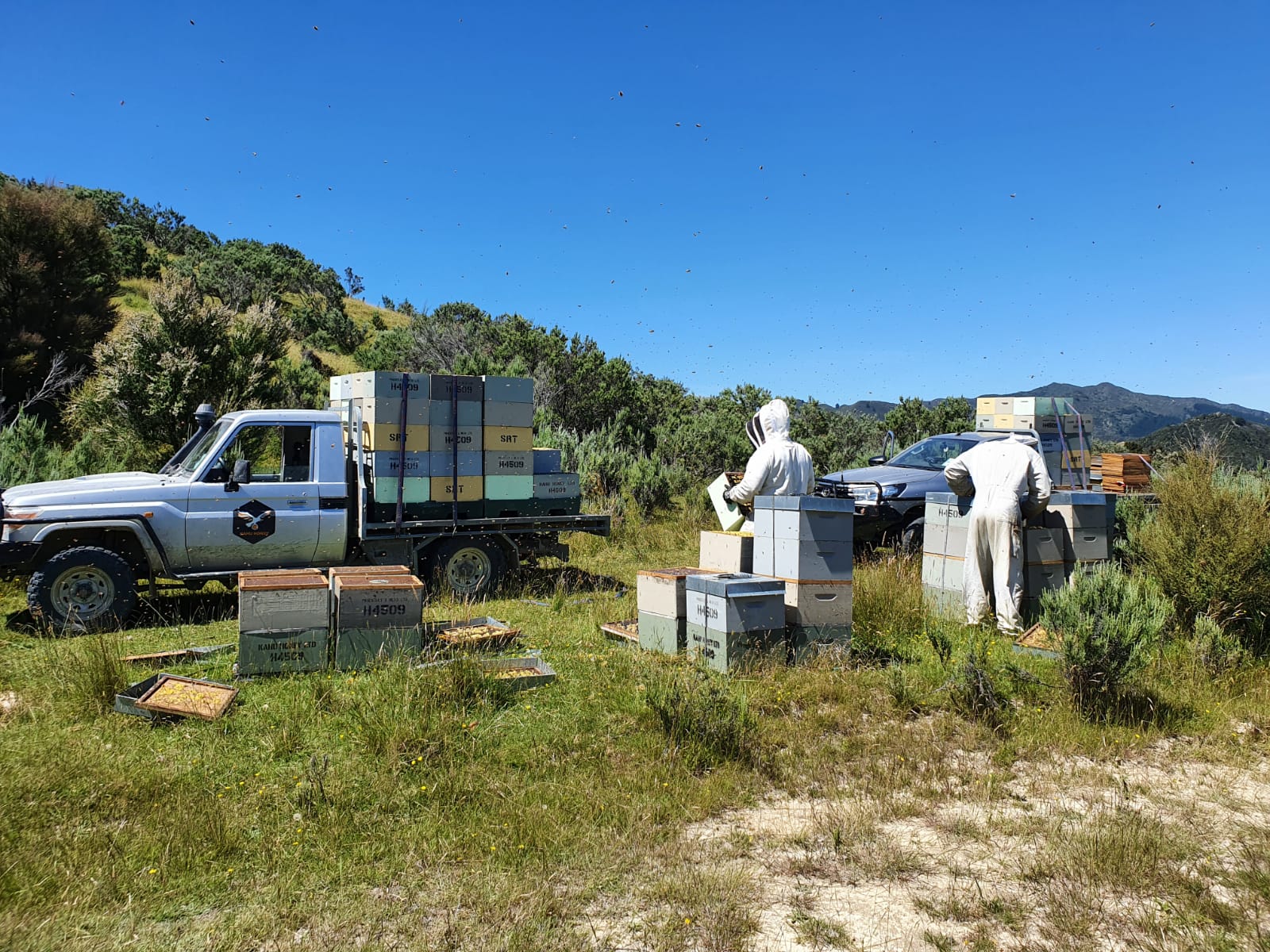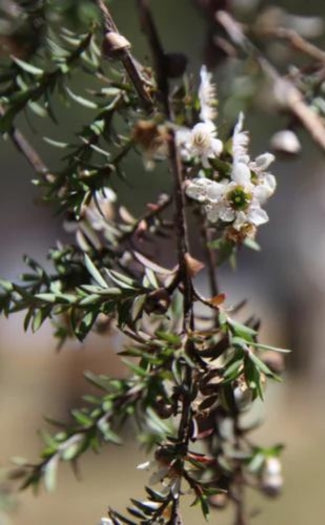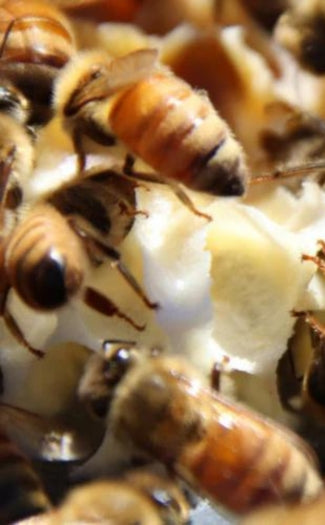
Our Commitment
Why choose Monofloral Mānuka?
The Reid family farm’s vast, windswept coastline and steep coastal hills creates the perfect environment to nurture our beehives. The hives are nestled amongst expansive valleys of native New Zealand Mānuka stands, across 3700 hectares of family-owned land.
The Mānuka stands are exposed to the crisp, salt air, blown in from the Pacific Ocean and the roots of the Mānuka are woven through a mix of cretaceous limestone outcrops, bentonitic clays and underlying argillite/sandstone base. Our single-source honey policy and environmental growing conditions combine to give the Mānuka honey its unique and consistent character.
Unlike most other Mānuka honey brands, Monofloral Mānuka NZ sells honey that completes the circle from the land, grower, and harvester to the consumer. This ensures complete control of the quality of our products and the sustainability of the flora. Each batch of Monofloral Mānuka single-source honey can be traced back to its location and floral source making our honey unique and reliable. The land is owned by our family, which allows us to manage and optimise the environment for the health of the bees.
Bee health is of utmost importance to us. Our jointly owned apiary, Kahu Honey, takes great care in looking after the bees and maintaining healthy colonies.


Carbon Positive
We are committed to ensuring the sustainability of our planet. Our family-owned farm is registered under the Emissions Trading Scheme (ETS) with 150 hectares of exotic forestry and 1100 hectares of indigenous regeneration.
By allowing natural regeneration to occur we are absorbing carbon dioxide from the environment and releasing oxygen back into the atmosphere.

A Trustworthy Process
In brief, the common process for Manuka honey production, testing and exporting is as follows. It’s important to understand the process of Manuka Honey production and how it is prepared before export or internal sale:
- Manuka Honey is collected from hives in New Zealand
- Manuka Honey is extracted from the hives and samples are sent to independent laboratories for MPI testing to identify if it is a monofloral or multifloral Manuka Honey (UMFHA association members have additional testing done for UMF™ grading. See Analytica 3-in-1 for more details)
- From the MPI test results, the honey is then identified as multifloral or monofloral Manuka Honey
- Honey is packaged and labelled in New Zealand and then exported (some companies export and then package & label overseas). At this point, companies will also place their specific grading numbers on the jar labels
Frequently Asked Questions
What is a monofloral honey?
Monofloral honey is honey that comes from the nectar of one main flower. In the case of Mānuka honey, this is the Mānuka flower.
What is a multifloral honey?
Multifloral honey is honey that comes from the nectar of many floral sources or honey that has been blended with other honeys. If the Mānuka levels in honey are not sufficiently high, a Mānuka honey will then be labelled as a multifloral Mānuka honey.
What is NPA?
NPA denotes non-peroxide activity, which confers antibacterial activity to Mānuka Honey. It directly relates to the concentration of MGO and it corresponds with the UMF™ equivalent grade of honey eg. 5+, 10+, 15+.
While this is also not an established grading system it is mentioned as countries including the UK most commonly understand the NPA value.
| UMF | MGO | NPA |
| 16+ | 570 | 16 |
| 18+ | 690 | 18 |
| 20+ | 830 | 20 |

